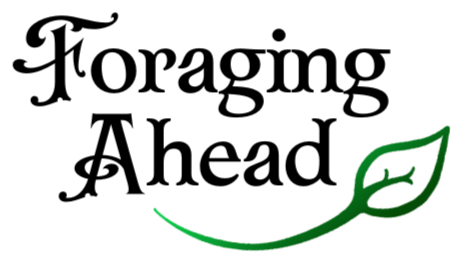How to Safely Attract Pollinators
Pollinators are incredibly important, so it’s no wonder that every store that carries outdoor supplies often contain pollinator seed mixes. You get a beautiful garden, and help the ecosystem at the same time! But, have you ever noticed something missing once you’ve worked so hard installing your beautiful pollinator gardens full of wildflowers? That’s right - the pollinators themselves!
It can be disheartening to want to support your ecosystem and not seeing the impact. So how do we get pollinators to visit our pollinator gardens? We’ll cover some general problems our green-thumbed friends often encounter, and how to ensure our vital pollinator friends make a stop in our garden.
Seed Packets - A Problem?
While I fully support using native seeds and seed mixes for wildflower areas, I don’t support most retailers selling the packets. That’s because they don’t sell specialized mixes!
I often see "Pollinator" seed mixes in those big box stores, and if you read the contents, you might be shocked to learn that they are often full of non-native and even invasive species! These species do nothing but harm to our ecosystem by competing with native plants - often winning that battle. When these sellers advertise such mixes as "Pollinator-friendly," it can lead to much confusion, misinformation, and harm.
Luckily, there are many emerging companies that sell purely native seed mixes. These are the seed packets to get if you want to support our pollinators. Most online retailers will even answer your questions and happily create seed mixes that are specific to your area!
There’s a push for change now that we understand pollinators so well. Organizations like the Native Habitat Project are working with seed producers to promote the use of local ecotype seed mixes to support biodiversity and native species. Now that’s helping the pollinators.
How to Choose Plants for your Pollinators
Pollinators, like all animals, require three things to survive: food, water, and shelter. While many pollinator species can get all three from one plant, it’s important to support a wide variety of pollinators by planting variety!
Many people don’t put ornamental grasses in their pollinator gardens, instead opting for more flower cover. These grasses, however, serve a very important function and are an extremely valuable asset to the pollinator garden - they provide habitats for fireflies, native bees, and humming birds! Most grasses are wind-pollinated and will not produce sap or pollen, but it’s crucial to think beyond just food and water!
For our pollinators, it is important to think about host plants. Host plants are plants in/on from which pollinators live on and gain sustenance. For example - butterflies have a preferred list of host plants on which they will lay their eggs - they won’t lay them elsewhere! With at least 144 different species of butterfly in Alabama, there are many different plants, so variety of host plant is important.
Our most helpful tip here is to think of each plant in your garden and what it can provide for various animals. That way, you can intentionally support our pollinator friends.
Keystone Species and Pollinators
A keystone species is a species that has a disproportionately large impact on its environment. These species are incredibly important, as removing them would cause untold damage to an ecosystem.
The unlikely milkweed plant is an informative example of how an entire species can be damaged. Monarch butterflies exclusively eat milkweed - it’s actually crucial for the species survival. Without milkweed, you won’t have any Monarchs in your garden, and that’s one less pollinator friend.
Milkweed is an outlier for keystone species - for plants, keystone species are typically the ones that provide for the widest variety of animals. However, keystone plants like milkweed are crucial because the survival of an entire species might depend on them!
While keystone plants should be included in a pollinator garden, they shouldn’t be the only plants present. As we mentioned in the previous section - variety is everything! Find plants that you like and that can be unique to your yard. This added biodiversity will allow you attract and assist more pollinators.
Conclusion
With the rapid spread of the urban jungle and the continued use of non-native species, pollinators are having an increasingly hard time finding their own habitat. By understanding the basic needs of pollinators, we can build a better garden that will not only attract, but also nourish our pollinator friends. I’m always happy to help you build your pollinator haven - you can chat with me here!
